Description
Zur Erntezeit by Hugo Darnaut printed on a T-Shirt
About the T-Shirt
Regular fit
Standard length, the fabric easily gives into movement
Casual wear
A classic, everyday option loved by our customers
Side-seamed
Constructed by sewing two parts together, creating a fitted look
The Unisex Staple T-Shirt feels soft and light with just the right amount of stretch. It’s comfortable and flattering for all. We can’t compliment this shirt enough–it’s one of our crowd favorites, and it’s sure to be your next favorite too!
- Solid colors are 100% Airlume combed and ring-spun cotton
- Ash color is 99% combed and ring-spun cotton, 1% polyester
- Heather colors are 52% combed and ring-spun cotton, 48% polyester
- Athletic and Black Heather are 90% combed and ring-spun cotton, 10% polyester
- Heather Prism colors are 99% combed and ring-spun cotton, 1% polyester
- Fabric weight: 4.2 oz./yd.² (142 g/m²)
- Pre-shrunk fabric
- 30 singles
- Side-seamed construction
- Tear-away label
- Shoulder-to-shoulder taping
- Blank product sourced from Nicaragua, Mexico, Honduras, or the US
Hugo Darnaut (1850–1937)
Hugo Darnaut, originally Hugo Fix, was an Austrian landscape painter.
His father, Michael Fix, was a court performer who went by the stage name “Darnaut”. He was raised in Graz and began by studying decorative art in Vienna with a theater painter named Heinrich Burghart, then enrolled at the Academy of Fine Arts, where he studied with Eduard Peithner von Lichtenfels. Thanks to a scholarship, he was able to go to Düsseldorf, where he studied with the landscape painters Andreas Achenbach, Robert Meyerheim [de] and Johannes Wortmann [de]. He became a member of the Vienna Künstlerhaus in 1877. During the early 1890s, he spent some time with Gustav Schönleber in Karlsruhe.
Following the death of Emil Jakob Schindler, he took over the Schloss Plankenberg in Sieghartskirchen, where Schindler had operated a school of landscape painting. He also organized large-scale exhibitions in Berlin, Paris and Venice, among others. In 1900, he and the architecture painter, Erwin Pendl [de], created a monumental bird’s-eye view of Vienna for the Exposition Universelle. From 1913 to 1918, he was President of the Vienna Cooperative of Fine Artists.
In 1925, he became an honorary member of the Technische Universität Wien and, five years later, he was named a Bürger (citizen) of Vienna.

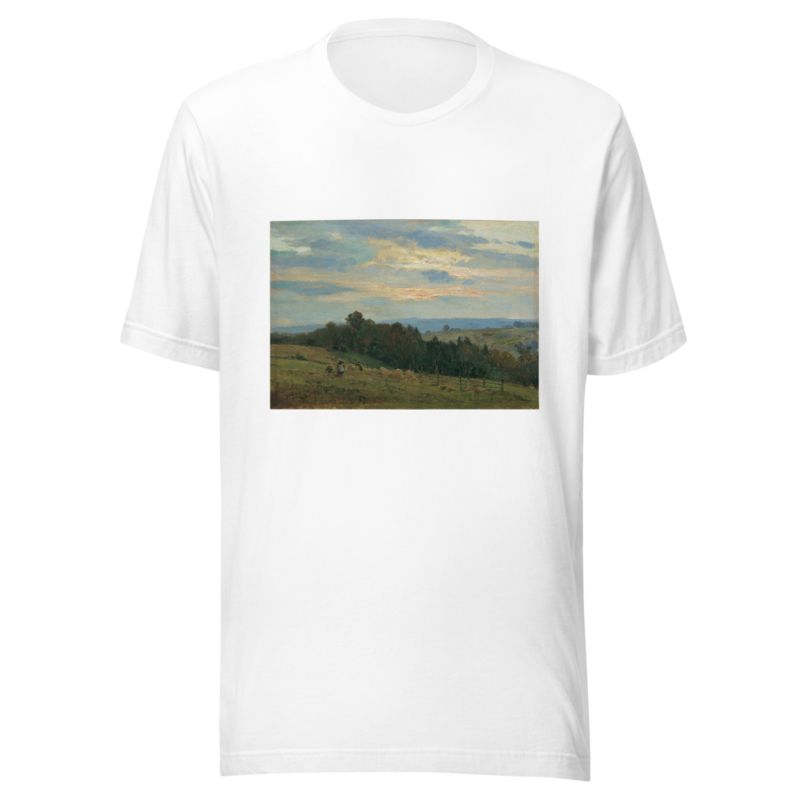
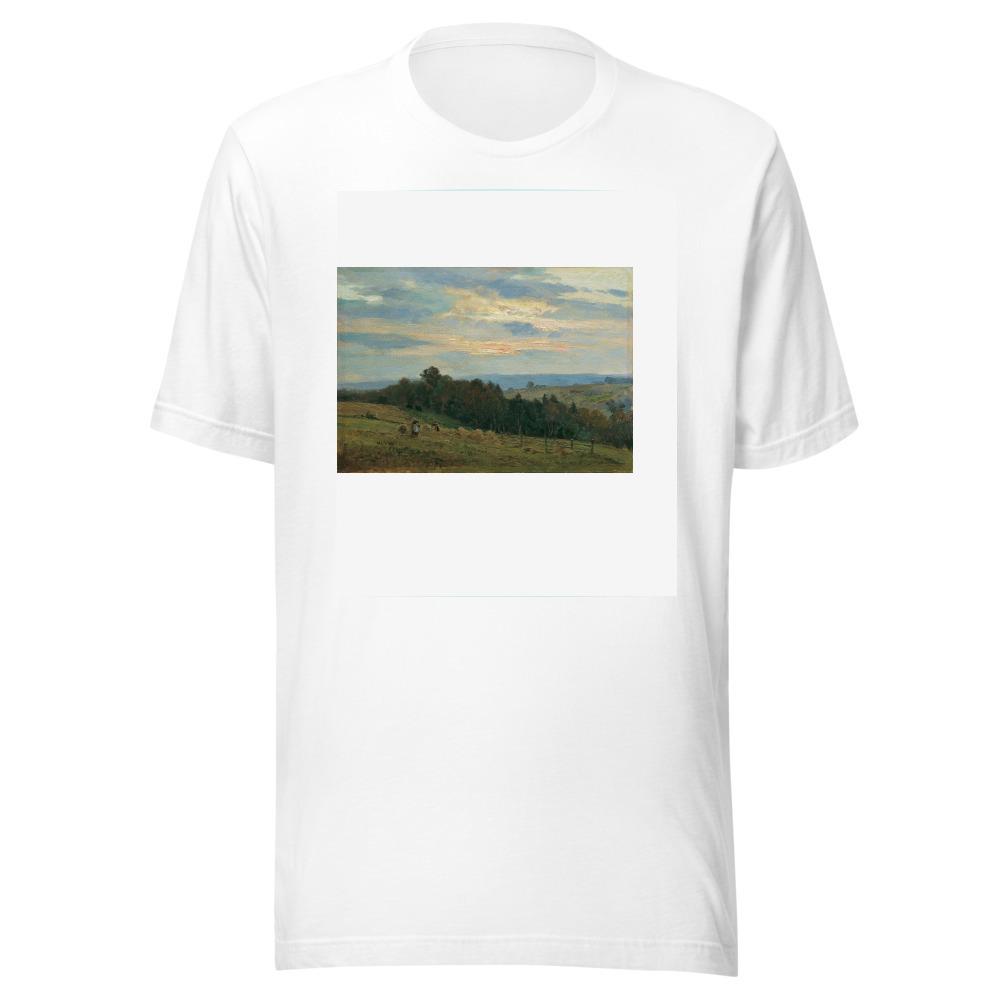
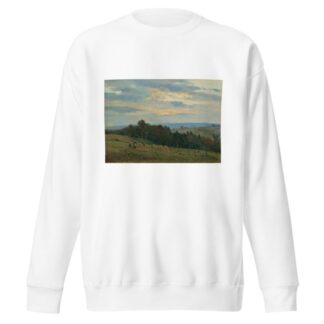
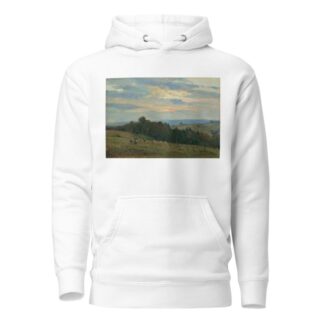
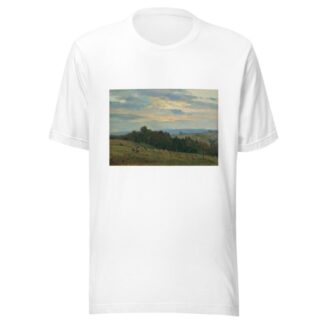
Reviews
There are no reviews yet.